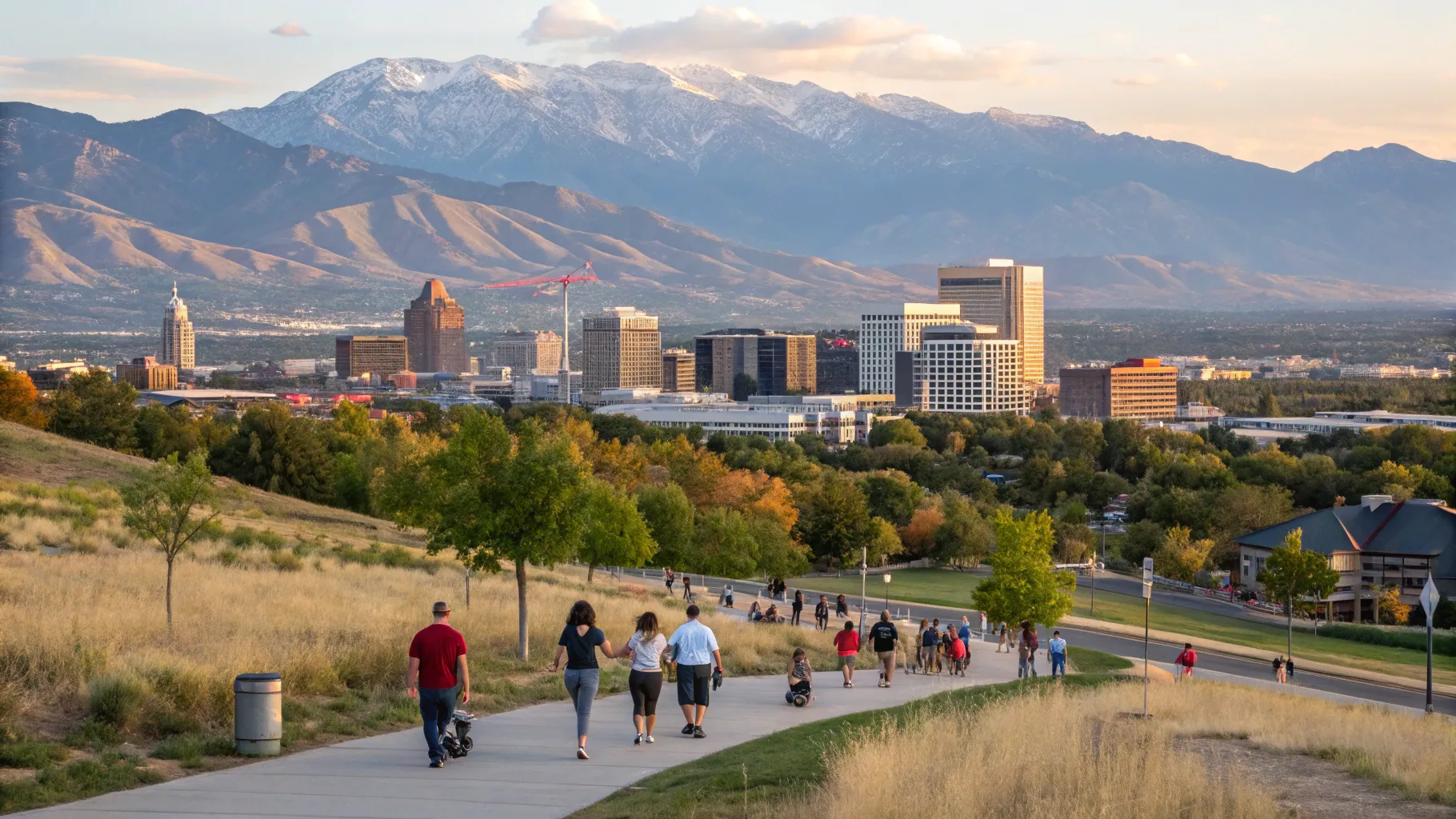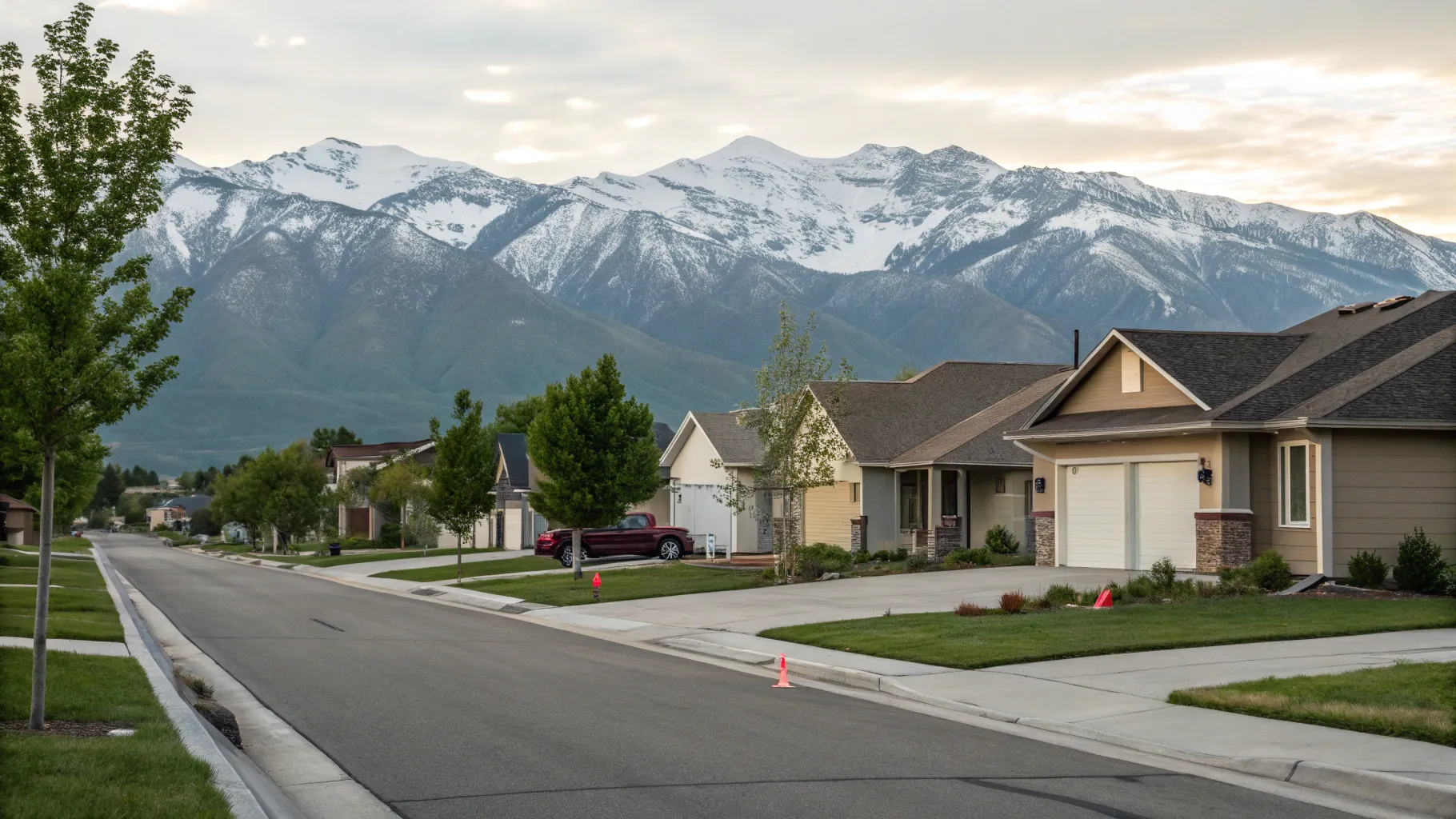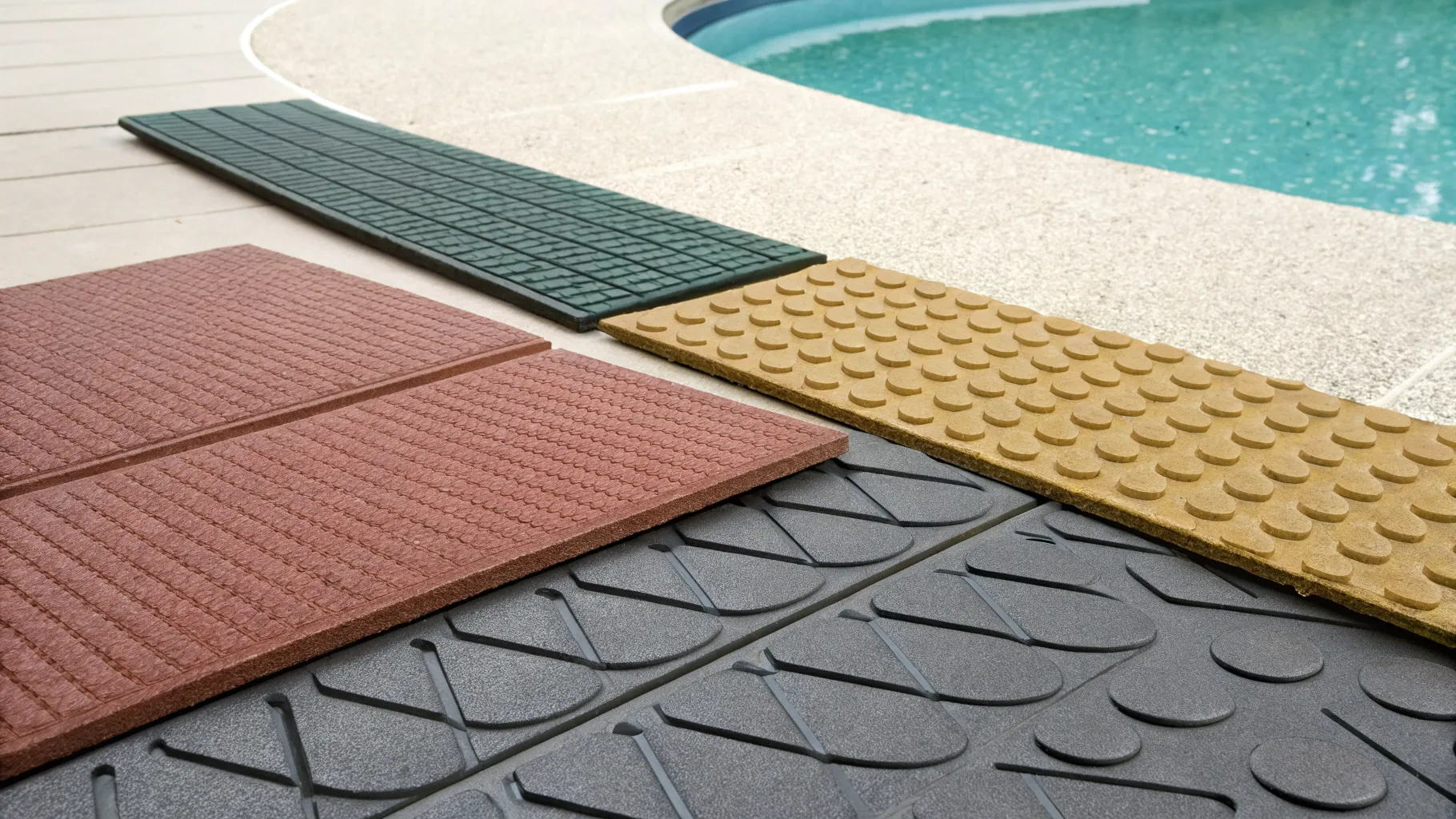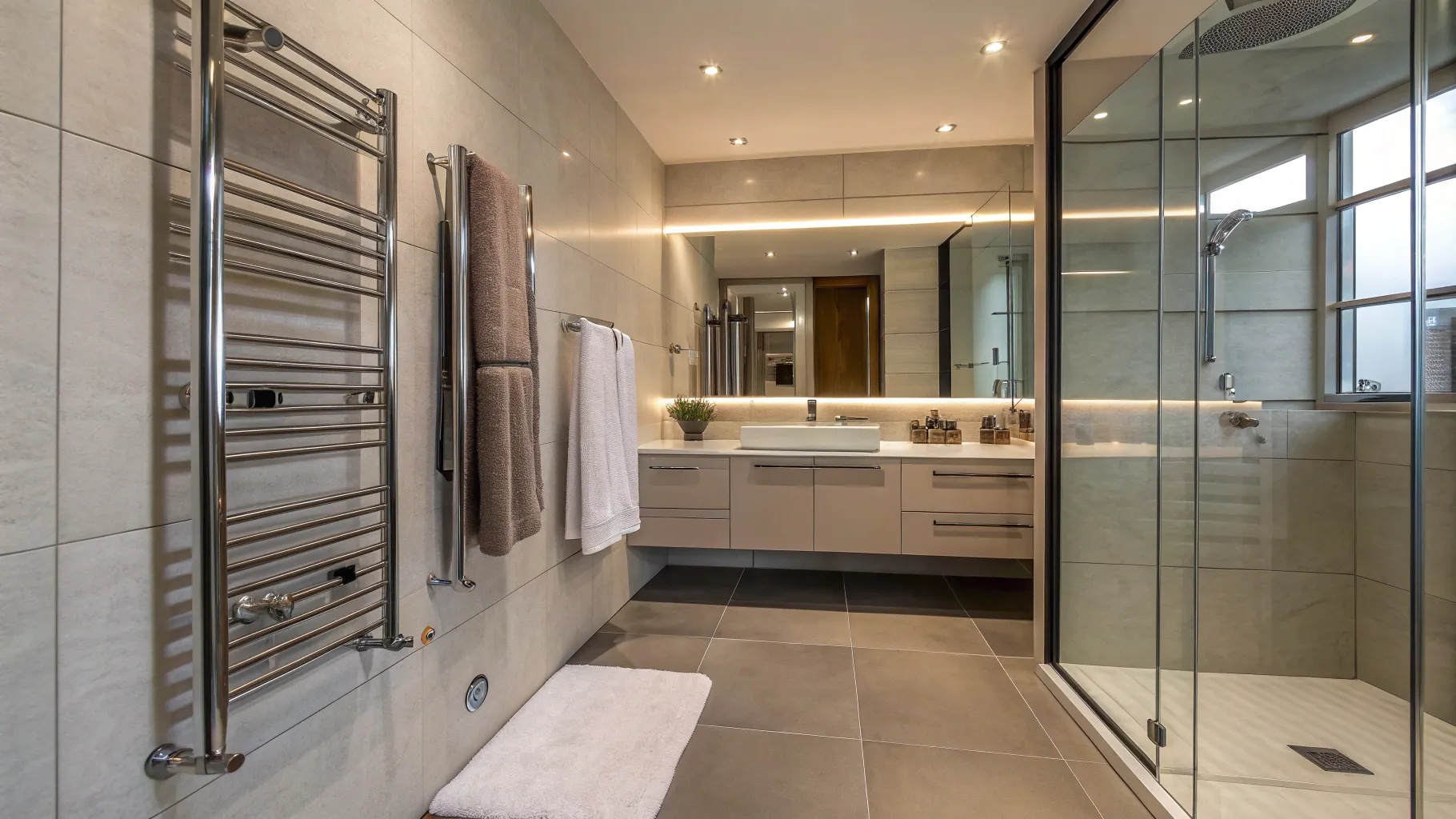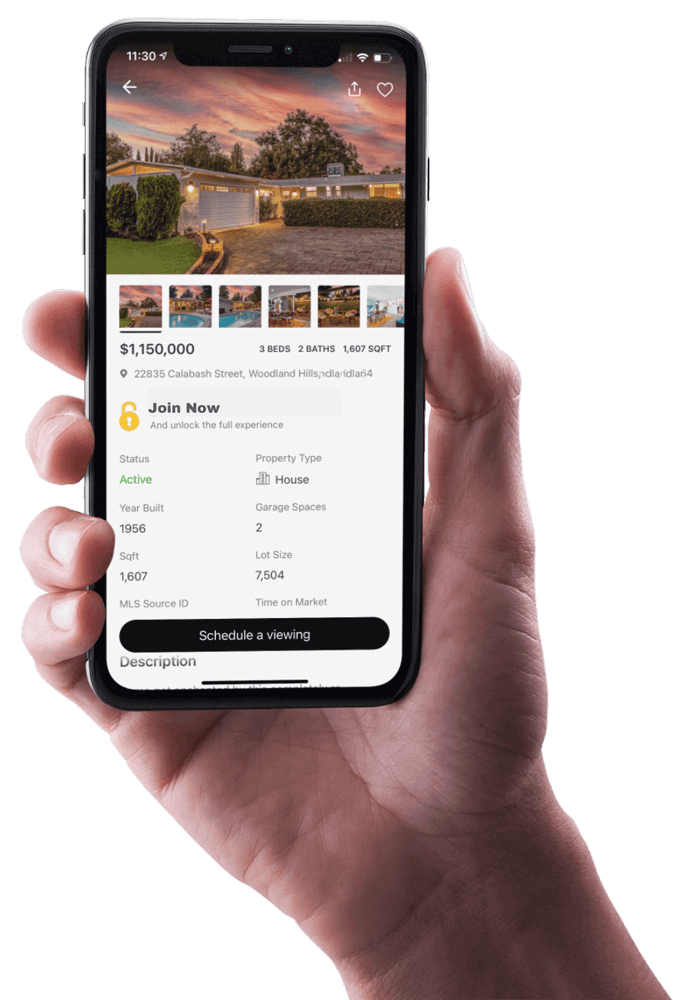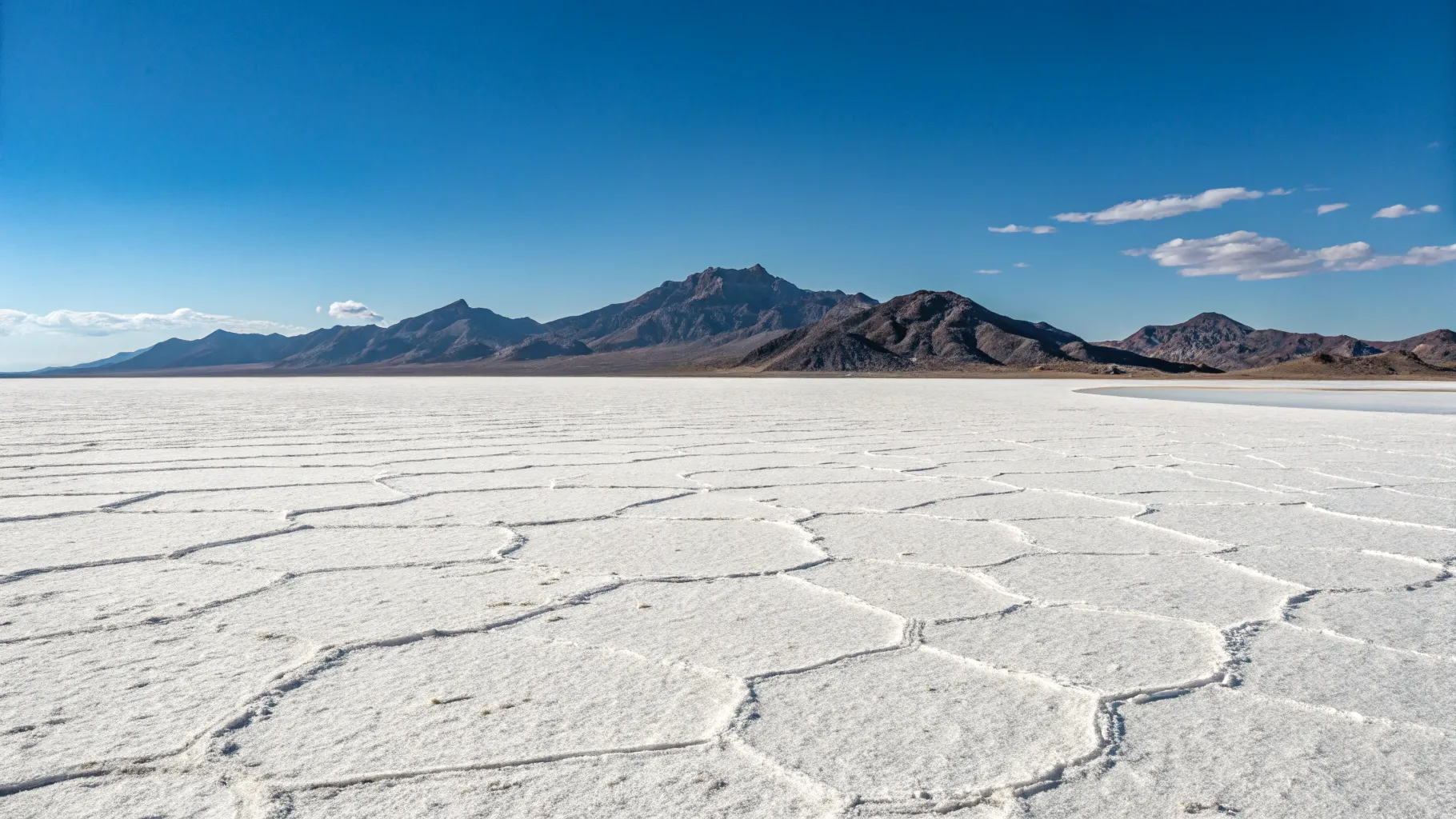
Utah stands out as one of the most geographically diverse and visually stunning states in the United States. Known for its five national parks, dramatic rock formations, alpine-like mountains, and vast salt flats, Utah offers an abundance of natural beauty and outdoor activities that attract visitors year-round. This guide highlights ten of Utah's most remarkable destinations, each offering a unique experience that showcases the state's incredible landscapes and recreational opportunities.
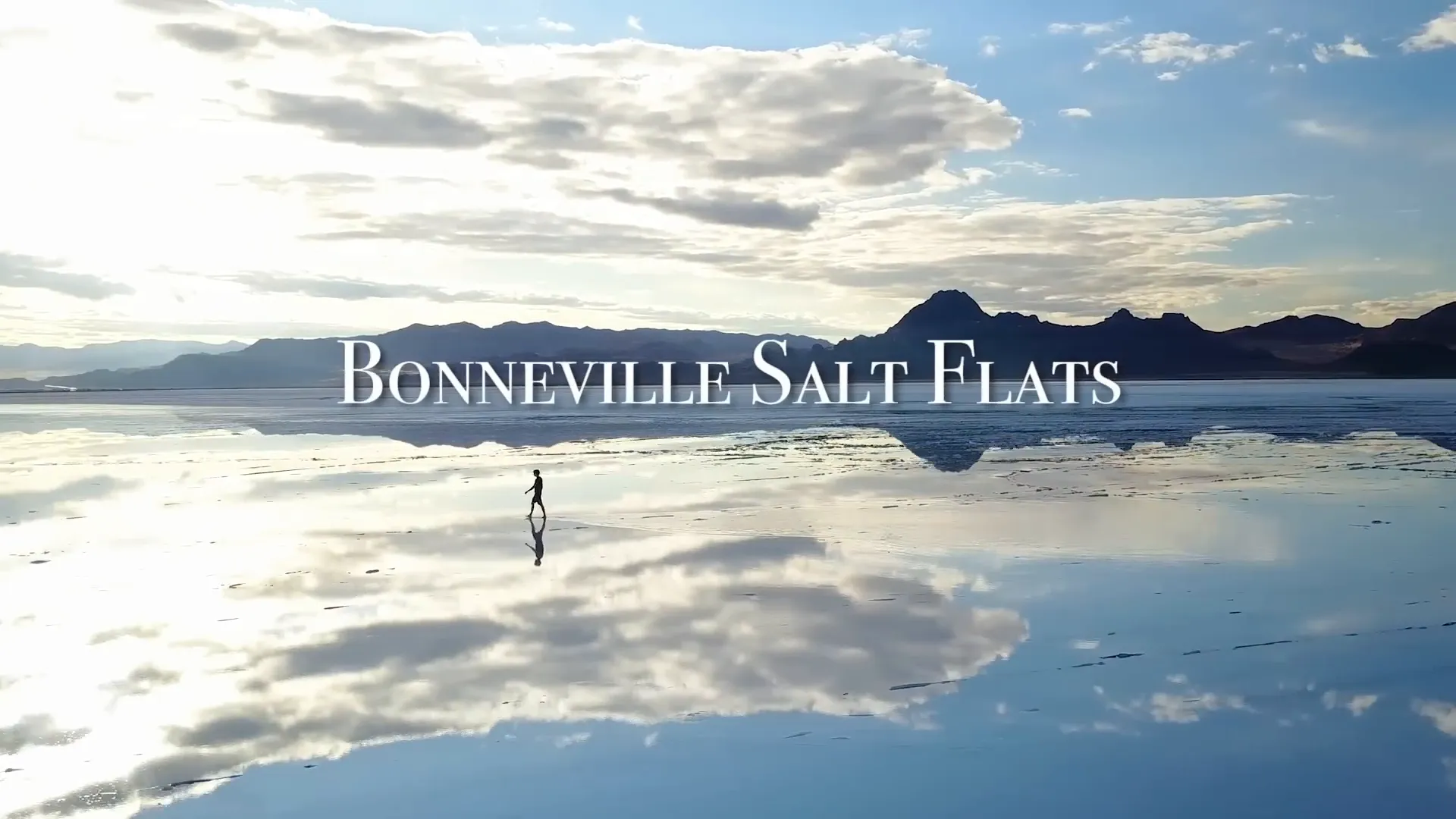
1. Bonneville Salt Flats: A Surreal Salt-Covered Landscape
Located about two hours west of Salt Lake City, the Bonneville Salt Flats are a natural spectacle covering approximately 30,000 acres. This vast expanse of mud covered by a thick salt crust creates an otherworldly white landscape with no vegetation, framed by distant mountain ranges. The salt flats have been a popular filming location for movies like Pirates of the Caribbean and various music videos, and they are famous for hosting land speed record attempts due to their perfectly flat surface.
Visitors can enjoy a variety of activities such as setting up trampolines, jumping over vehicles, or simply walking across the flats. However, caution is advised when driving on the salt, especially after rain, as the wet salt can cause vehicles to sink and get stuck. When wet, the flats transform into one of the world's largest natural mirrors, creating stunning reflective scenes reminiscent of Bolivia's salt flats.
2. Arches National Park: Home of the Iconic Delicate Arch
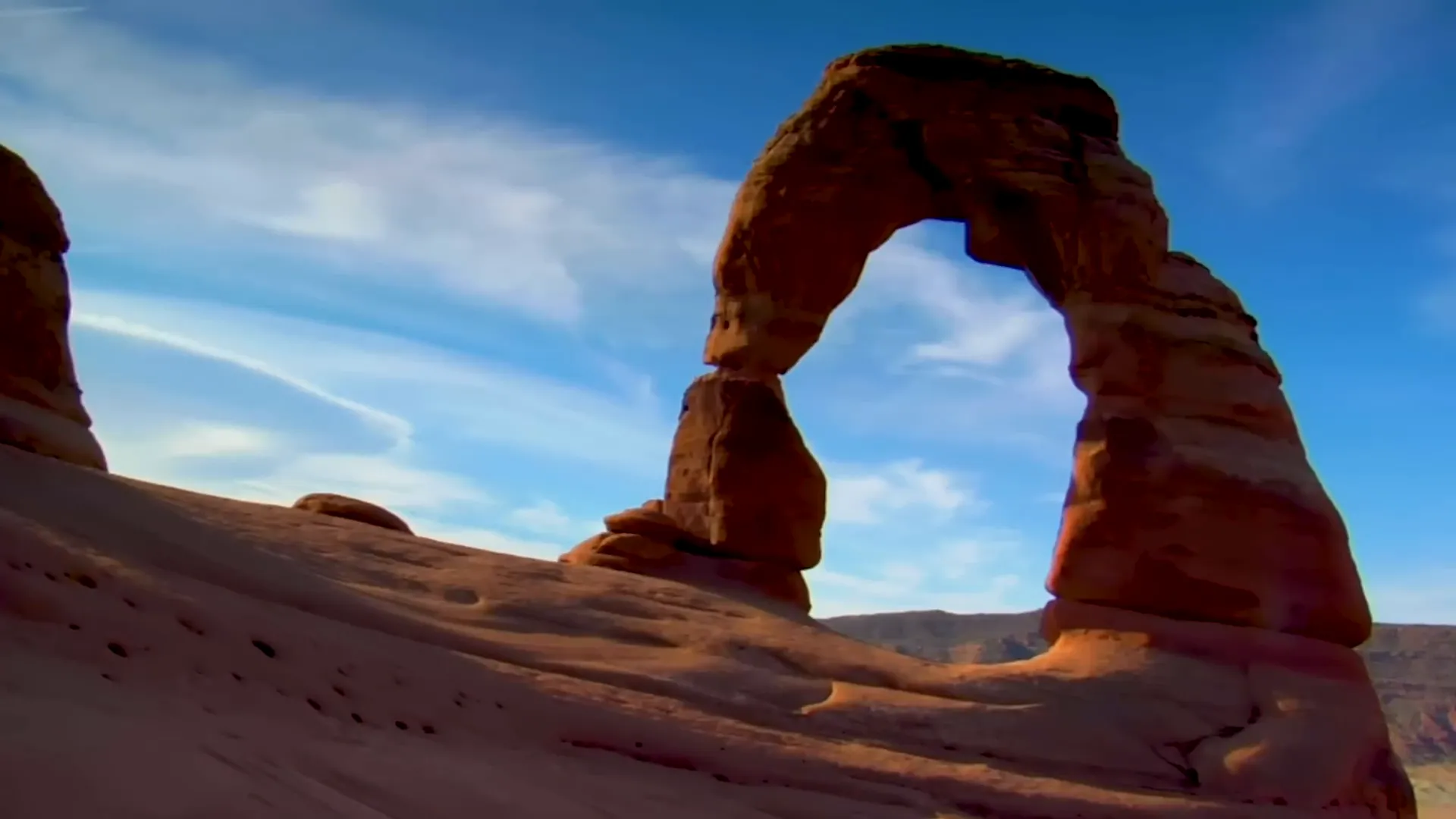
Arches National Park, located in eastern Utah, is renowned for its more than 2,000 natural sandstone arches. The park's most famous landmark is the Delicate Arch, a towering freestanding arch that captivates visitors with its impressive size and unique bowl-shaped surroundings. The hike to Delicate Arch is about three miles round trip and offers breathtaking views of the park's surreal rock formations.
Entry to the park costs around $30, and visitors are encouraged to follow the clearly marked trail signs to safely reach the arch. The terrain can be icy during colder months, so appropriate footwear and caution are recommended. Beyond Delicate Arch, the park features a variety of other arches and rock formations, making it a must-visit for geology enthusiasts and outdoor lovers.
3. Kasey Reservoir: A Summer Oasis for Water Activities
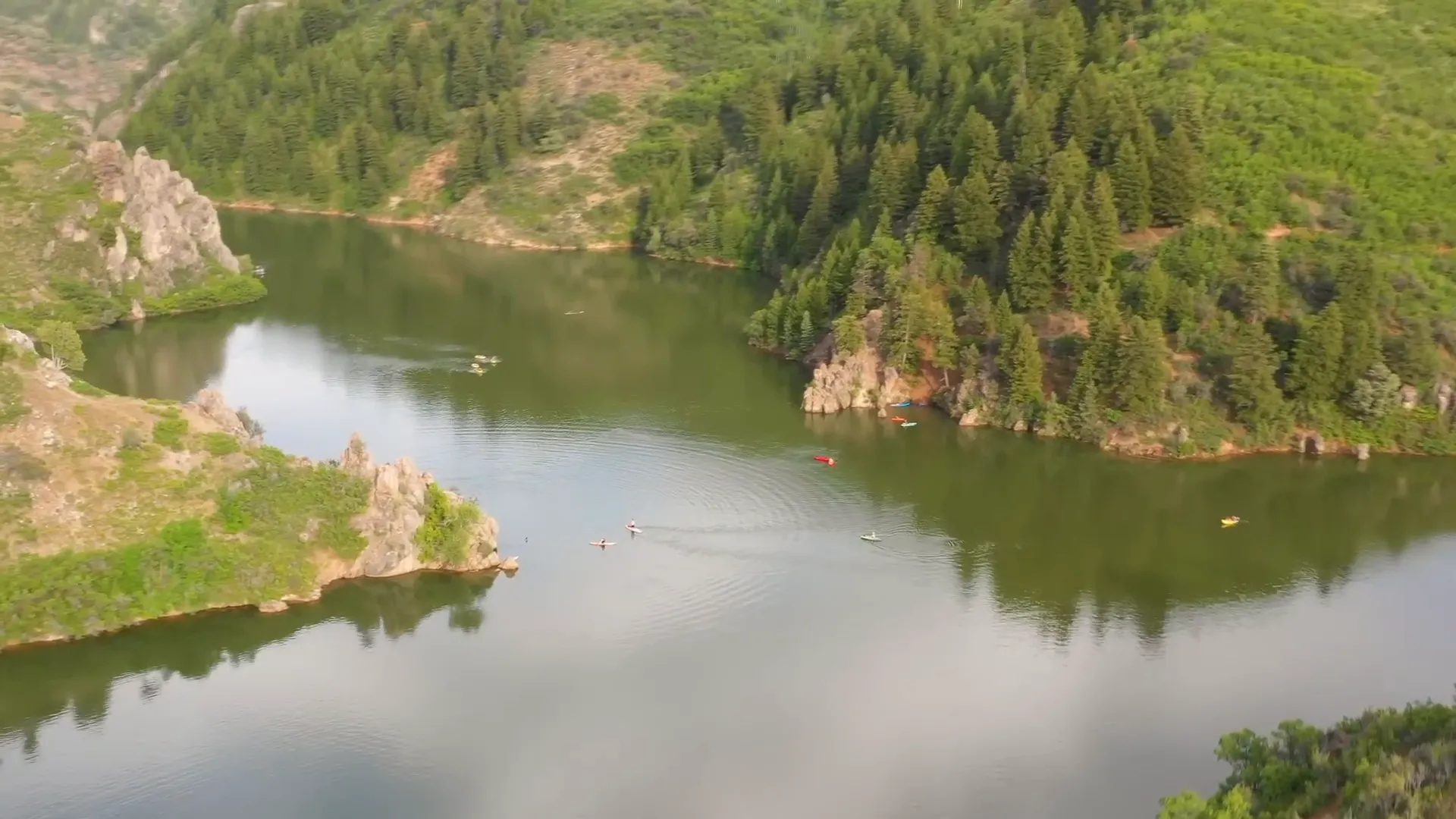
About an hour north of Salt Lake City lies Kasey Reservoir, a popular destination for swimming, kayaking, paddleboarding, and fishing. This reservoir is unique in that motorboats are prohibited, ensuring a peaceful and safe environment for water activities. Visitors often hike down from the parking area with tubes to float and relax in the water.
The reservoir also offers cliffs suitable for cliff jumping, with occasional rope swings providing an extra thrill. Safety is paramount when engaging in cliff jumping—checking water depth and conditions is essential. Kasey Reservoir is an ideal summer getaway for families and outdoor enthusiasts seeking a refreshing break.
4. Homestead Crater: A Geothermal Hot Spring Hidden Inside a Mineral Dome
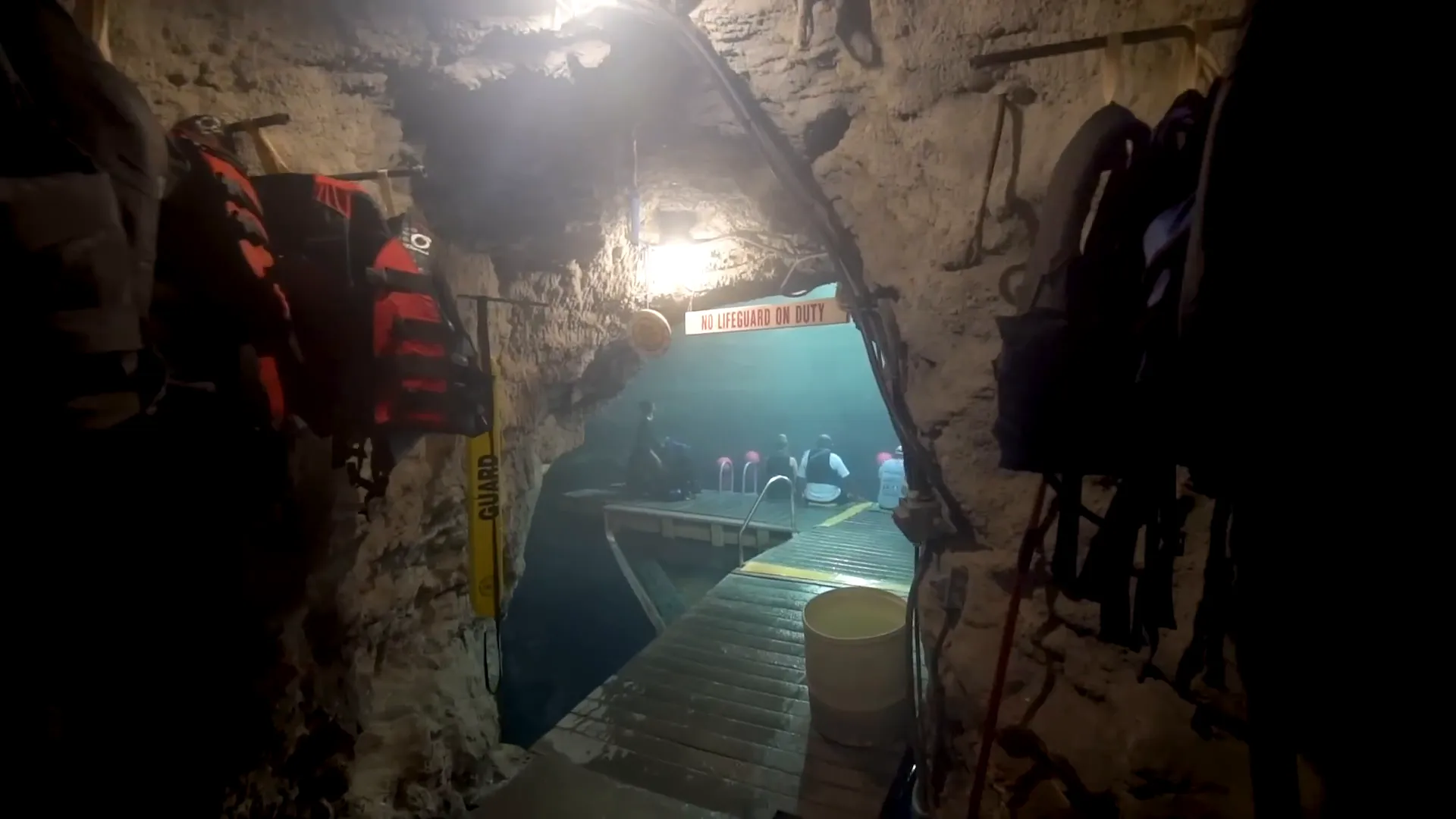
One of Utah's most unique swimming spots is the Homestead Crater, a 65-foot-deep geothermal hot spring enclosed within a massive mineral dome. Visitors enter through a door and walk through a cave to reach the warm waters, which maintain an average temperature of 93 degrees Fahrenheit year-round.
The crater offers snorkeling and scuba diving opportunities, with gear available for rent on-site. This hidden gem was featured in the movie 127 Hours and is a fascinating place to experience Utah's geothermal activity. Admission is approximately $16, making it an affordable and memorable addition to any Utah itinerary.
5. Swing Arm City and Factory Butte: A Dirt Bike and Geological Playground
Located in central Utah, Swing Arm City is known as a dirt bike paradise with some of the world's largest natural jumps. The terrain features jagged cliffs and slanted hills that attract motocross enthusiasts eager to test their skills. While dirt bikes are the main attraction, visitors without bikes can enjoy watching stunts and marveling at the alien-like landscape.
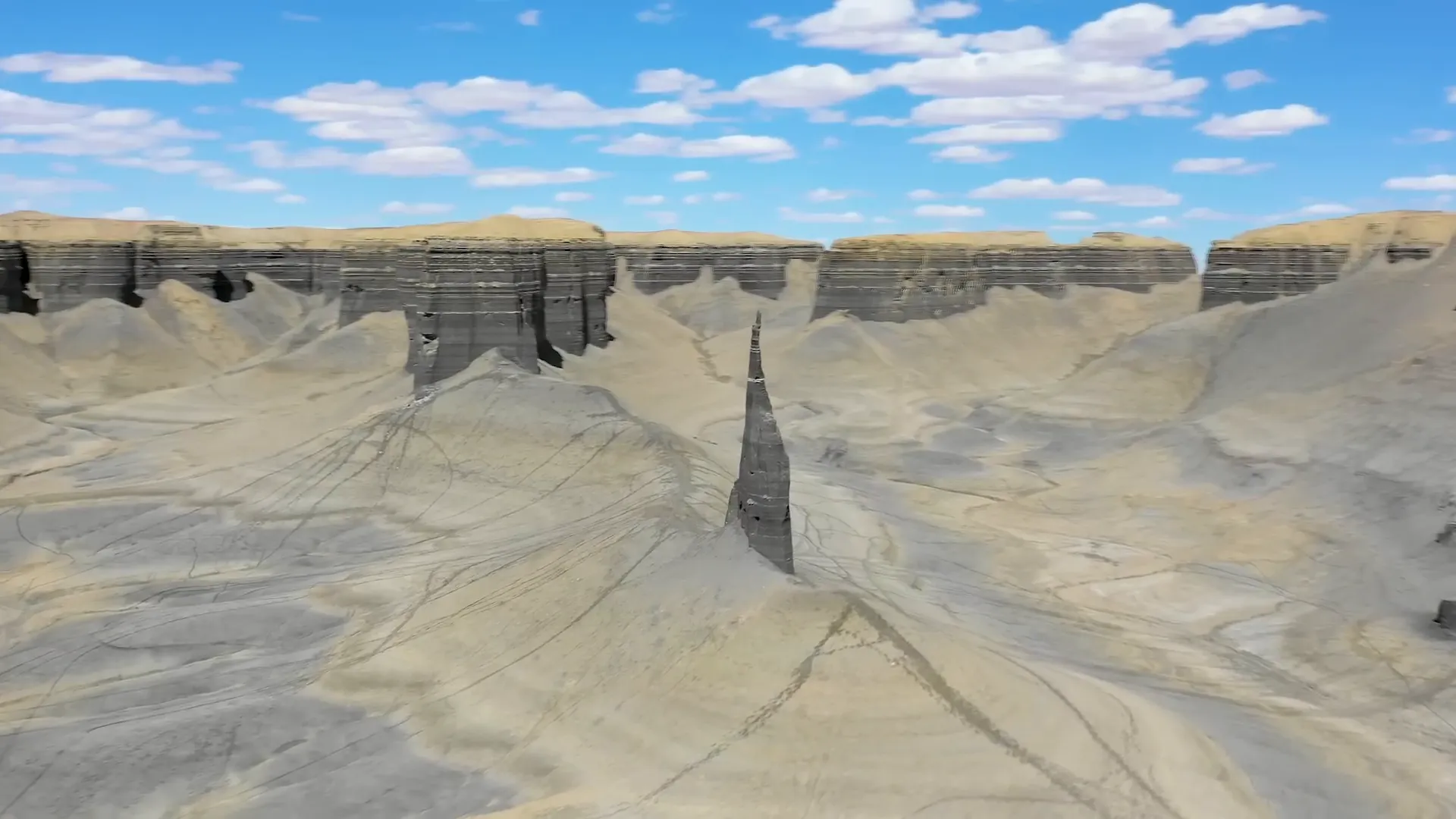
Explore Utah Real Estate
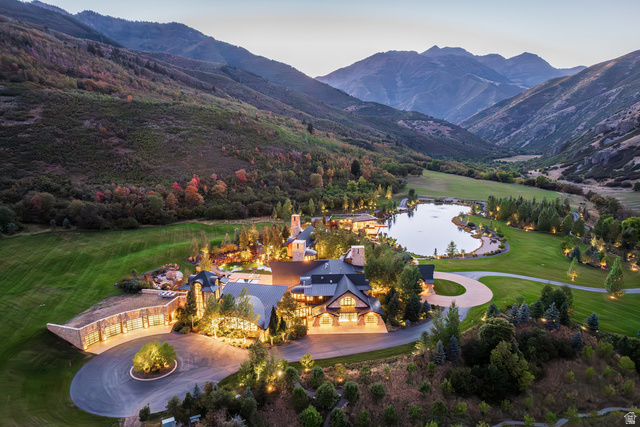
5618 E SOUTH FORK RD, Provo, UT
$43,000,000
Bedrooms: 6 Bathrooms: 10 Square feet: 22,958 sqft
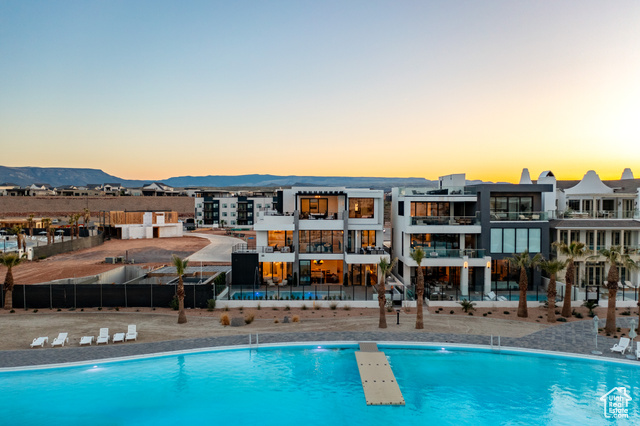
864 W SAPPHIRE SKY LN #546, St George, UT
$4,300,000
Bedrooms: 7 Bathrooms: 9 Square feet: 5,136 sqft
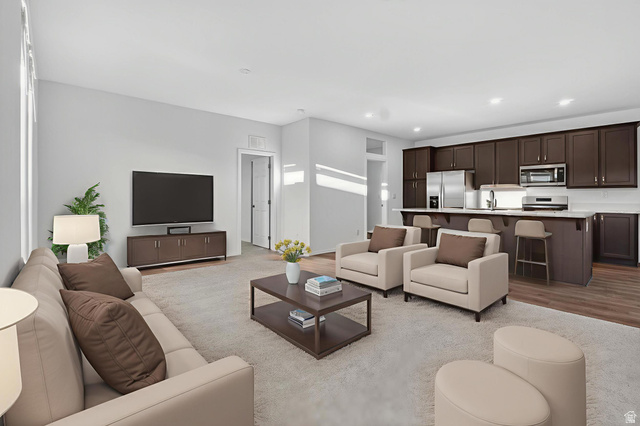
1700 W 2700 N #36, Pleasant View, UT
$230,000
Bedrooms: 4 Bathrooms: 2 Square feet: 2,100 sqft
Nearby Factory Butte is a remote 6,302-foot summit accessible via a rugged drive through mud flats that resemble scenes from science fiction films. The area boasts striking hoodoo rock formations that shoot straight out of the earth and are surrounded by an amphitheater of cliffs. The dramatic clouds and weather conditions add to the surreal atmosphere, making it a paradise for photographers and explorers fascinated by erosion and geological history.
6. Spiral Jetty: An Iconic Earthwork Sculpture in the Great Salt Lake

The Spiral Jetty is one of the world's most unique earthwork sculptures, constructed in 1970 by artist Robert Smithson. Located in the remote northeastern shore of the Great Salt Lake, this massive spiral is made from over 7,000 tons of black basalt rocks and salt crystals. The sculpture extends into the lake and has become a symbol of environmental art and land art movements.
Accessing the Spiral Jetty involves a bumpy drive through isolated terrain, but the experience is rewarding. Visitors often report a special energy at the center of the spiral. During summer months, the lake's water can turn a striking pink hue due to bacteria and algae thriving in the high salinity, enhancing the surreal quality of the site. The Spiral Jetty recently celebrated its 50th anniversary, drawing art lovers and nature enthusiasts alike.
7. Bryce Canyon National Park: Crimson Hoodoos and Winter Snow
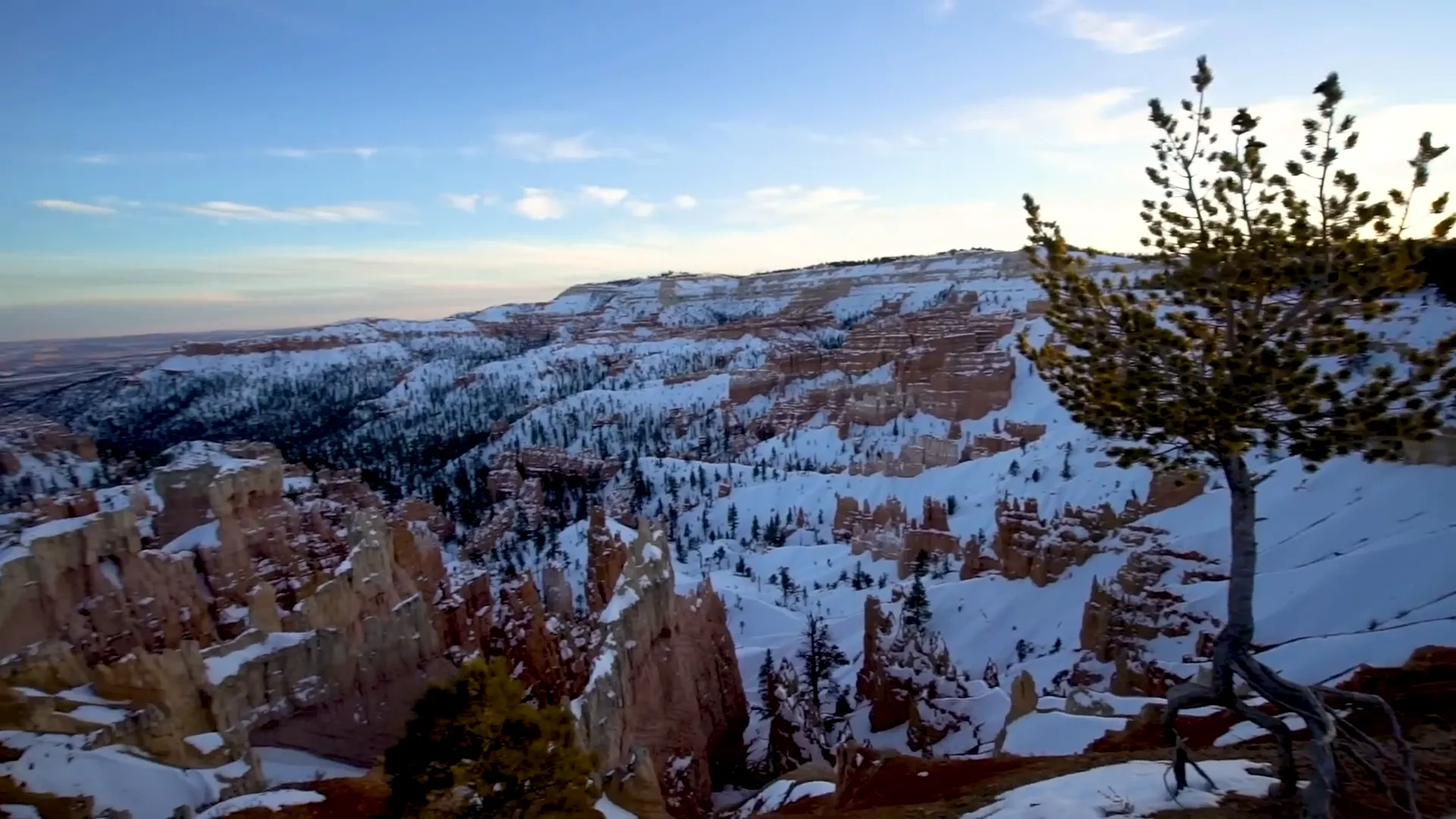
Bryce Canyon is famous for its dense concentration of hoodoos—tall, thin spires of rock that create a crimson-hued forest of stone. Visiting during colder months provides the added visual contrast of snow settling on the hoodoos, creating a breathtaking tableau. Sunrise and sunset points in the park offer spectacular views, with the pink and orange sky complementing the vivid colors of the rock formations.
Short hikes allow visitors to explore deeper into the hoodoo formations, offering a close-up experience of this geological wonder. Bryce Canyon is a must-see destination for photographers, hikers, and anyone seeking to witness one of Utah's most colorful landscapes.
8. Zion National Park: Majestic Cliffs and the Thrilling Angel's Landing Hike
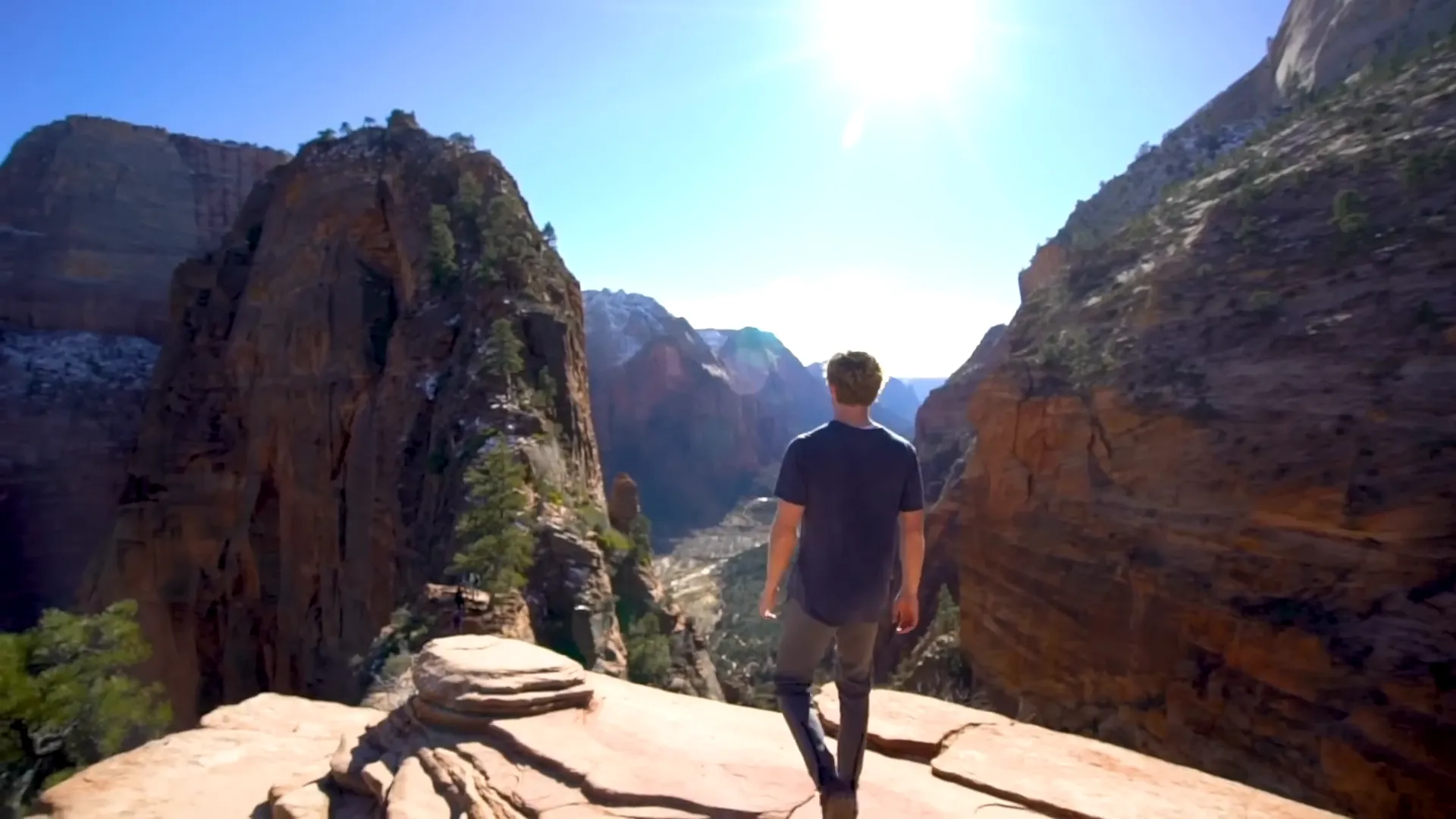
Zion National Park is arguably Utah's crown jewel, renowned for its towering red cliffs that soar thousands of feet above the canyon floor. The park offers numerous hiking trails, with Angel's Landing being among the most famous and exhilarating. This five-mile round trip hike features steep switchbacks, narrow ridges, and a final stretch secured by chains that lead to a summit over 1,400 feet high.
Hikers on Angel's Landing experience breathtaking panoramic views of Zion Canyon, but the trail demands caution due to its exposed sections and occasional icy patches in winter. Despite the crowds, especially in summer, the hike remains a favorite for adventurous visitors seeking both challenge and awe-inspiring scenery.
9. Sand Hollow Reservoir: Southern Utah's Cliff Jumping and Dune Buggy Destination
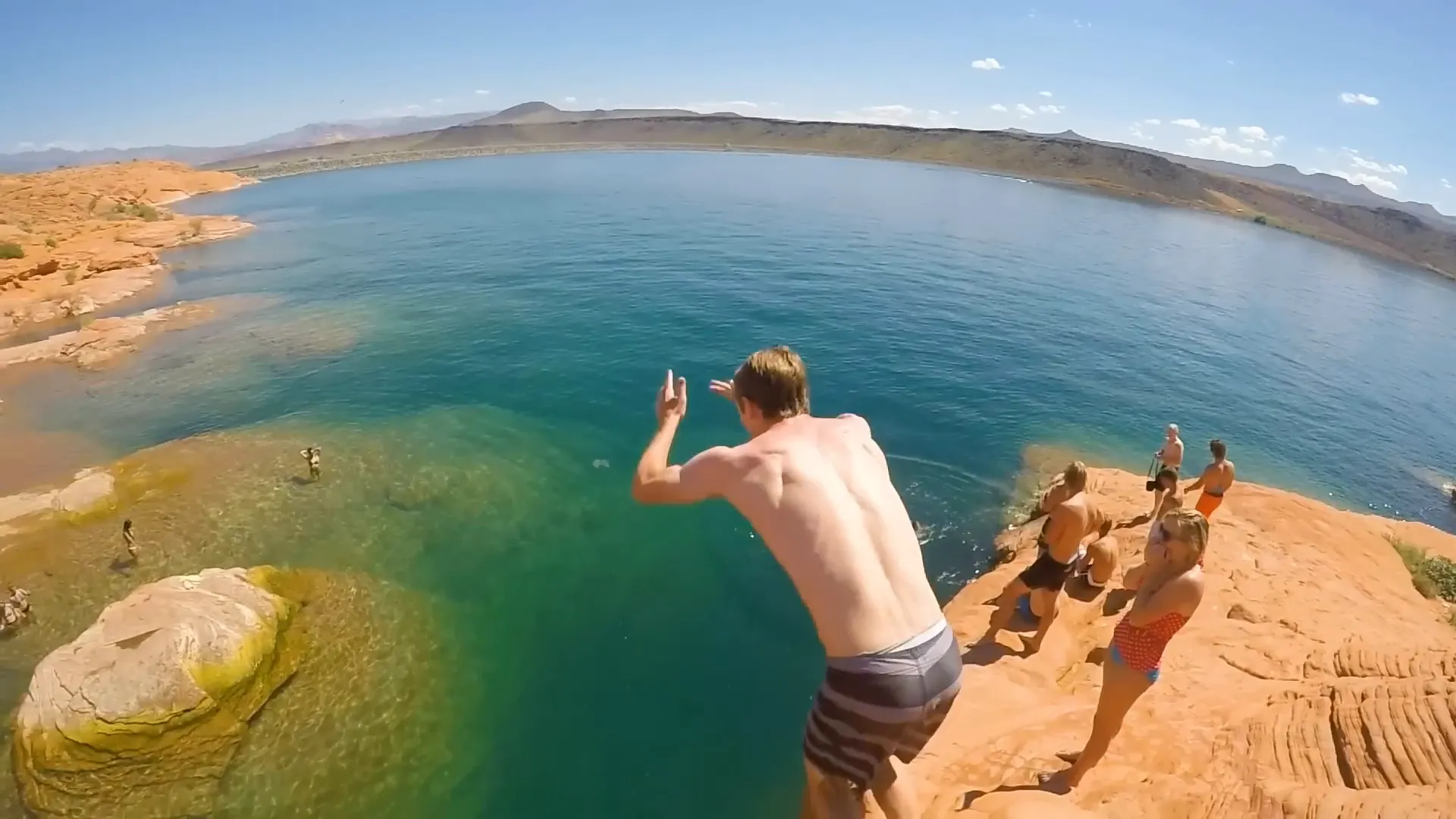
Sand Hollow Reservoir, located in southern Utah, is a man-made lake popular for boating, swimming, and cliff jumping. The surrounding sand dunes also offer opportunities for dune buggy riding, creating a versatile playground for outdoor enthusiasts. The warm southern Utah climate makes Sand Hollow an ideal destination in spring, summer, and fall.
More Properties You Might Like
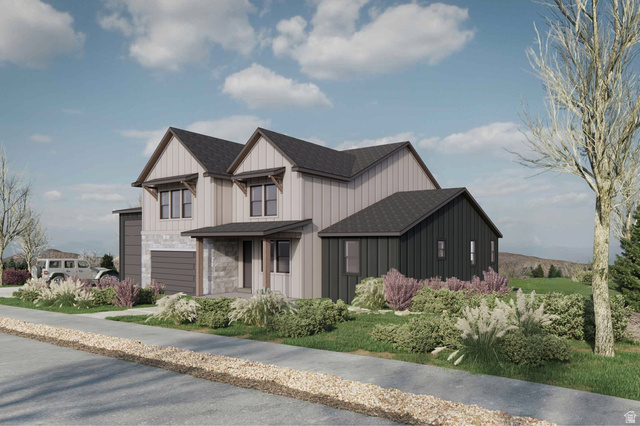
850 LAZY WAY #8, Francis, UT
$1,300,000
Bedrooms: 4 Bathrooms: 4 Square feet: 2,755 sqft

La Casa Cir, St George, UT
$575,500
Square feet: 14,391 sqft
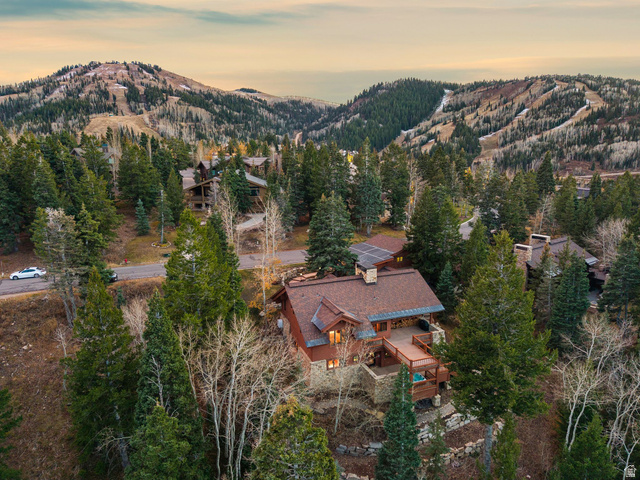
7665 STERLING DR, Park City, UT
$6,100,000
Bedrooms: 5 Bathrooms: 6 Square feet: 4,975 sqft
The combination of water activities and desert adventures makes this spot a favorite for families and thrill-seekers looking to enjoy a variety of recreational options in one location.
10. Mars-like Landscapes: Experiencing Utah's Otherworldly Terrain
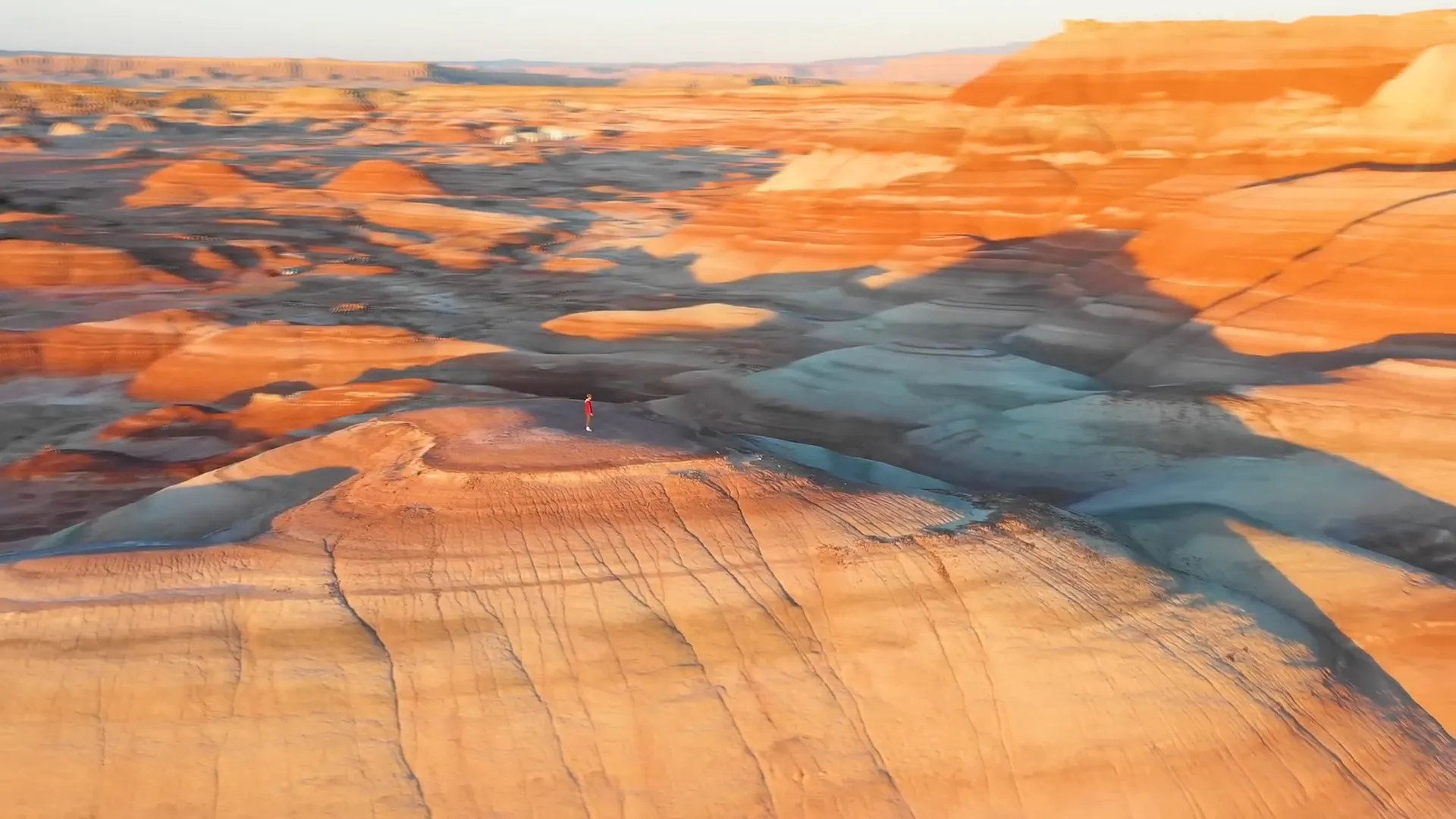
Utah's red rock deserts often evoke comparisons to the surface of Mars, and some locations offer particularly striking views reminiscent of the Martian landscape. Early morning sunrises paint the rock layers in hues of pink, orange, crimson, purple, and gray-blue, creating a surreal and almost extraterrestrial atmosphere.
These landscapes, with their layered rock formations and stark contrasts, inspire wonder about the natural forces that shaped them over millions of years. They have even sparked speculation about future Mars training sites for astronauts, highlighting Utah's role as a natural laboratory for planetary analog research.
Conclusion: Utah as a Premier Destination for Nature and Adventure
Utah's diverse landscapes—from salt flats and geothermal springs to towering cliffs and colorful hoodoos—offer unparalleled opportunities for exploration and adventure. Whether visitors seek peaceful water activities, challenging hikes, or simply want to immerse themselves in stunning natural beauty, Utah delivers on all fronts.
The state's combination of accessible wilderness, world-class national parks, and unique geological features makes it a top destination for outdoor enthusiasts and travelers looking for unforgettable experiences. For those considering relocating or investing in Utah real estate, the lifestyle benefits of proximity to such remarkable natural sites are an added bonus.
For more information on living in Utah and exploring its communities, visit bestutahrealestate.com. Explore neighborhoods such as Apple Valley for scenic beauty near Zion National Park or discover family-friendly living in Saratoga Springs. These areas offer not only stunning surroundings but also vibrant community amenities and real estate opportunities.
Frequently Asked Questions (FAQ)
What is the best time to visit Utah's national parks?
The best times to visit Utah's national parks are spring (April to June) and fall (September to October) when temperatures are moderate and crowds are smaller. Winter visits offer unique experiences like snow-covered landscapes but can involve icy trails.
Are there any safety tips for hiking Angel's Landing in Zion National Park?
Angel's Landing is a challenging hike with steep drop-offs and narrow paths secured by chains. Hikers should wear sturdy shoes, avoid the trail in icy or wet conditions, stay hydrated, and exercise caution, especially in crowded areas.
Can visitors swim in the Bonneville Salt Flats?
Swimming is not typical in the Bonneville Salt Flats, as the surface is a salt crust over mud. However, after rain, the flats become a shallow mirror-like surface. Visitors should avoid driving on wet salt to prevent getting stuck.
What makes Homestead Crater unique compared to other hot springs?
Homestead Crater is unique because it is a geothermal hot spring enclosed within a natural mineral dome. It offers year-round warm water swimming and snorkeling inside a cave-like environment, providing a rare and intimate hot spring experience.
Are motorboats allowed on Kasey Reservoir?
No, motorboats are prohibited on Kasey Reservoir, ensuring a quiet and safe environment for paddleboarding, kayaking, and fishing.
Related Articles:
Frequently Asked Questions
What is the best time to visit Utah's national parks?
The best times to visit Utah's national parks are spring (April to June) and fall (September to October) when temperatures are moderate and crowds are smaller. Winter visits offer unique experiences like snow-covered landscapes but can involve icy trails.
Are there any safety tips for hiking Angel's Landing in Zion National Park?
Angel's Landing is a challenging hike with steep drop-offs and narrow paths secured by chains. Hikers should wear sturdy shoes, avoid the trail in icy or wet conditions, stay hydrated, and exercise caution, especially in crowded areas.
Can visitors swim in the Bonneville Salt Flats?
Swimming is not typical in the Bonneville Salt Flats, as the surface is a salt crust over mud. However, after rain, the flats become a shallow mirror-like surface. Visitors should avoid driving on wet salt to prevent getting stuck.
What makes Homestead Crater unique compared to other hot springs?
Homestead Crater is unique because it is a geothermal hot spring enclosed within a natural mineral dome. It offers year-round warm water swimming and snorkeling inside a cave-like environment, providing a rare and intimate hot spring experience.
Are motorboats allowed on Kasey Reservoir?
No, motorboats are prohibited on Kasey Reservoir, ensuring a quiet and safe environment for paddleboarding, kayaking, and fishing.


















